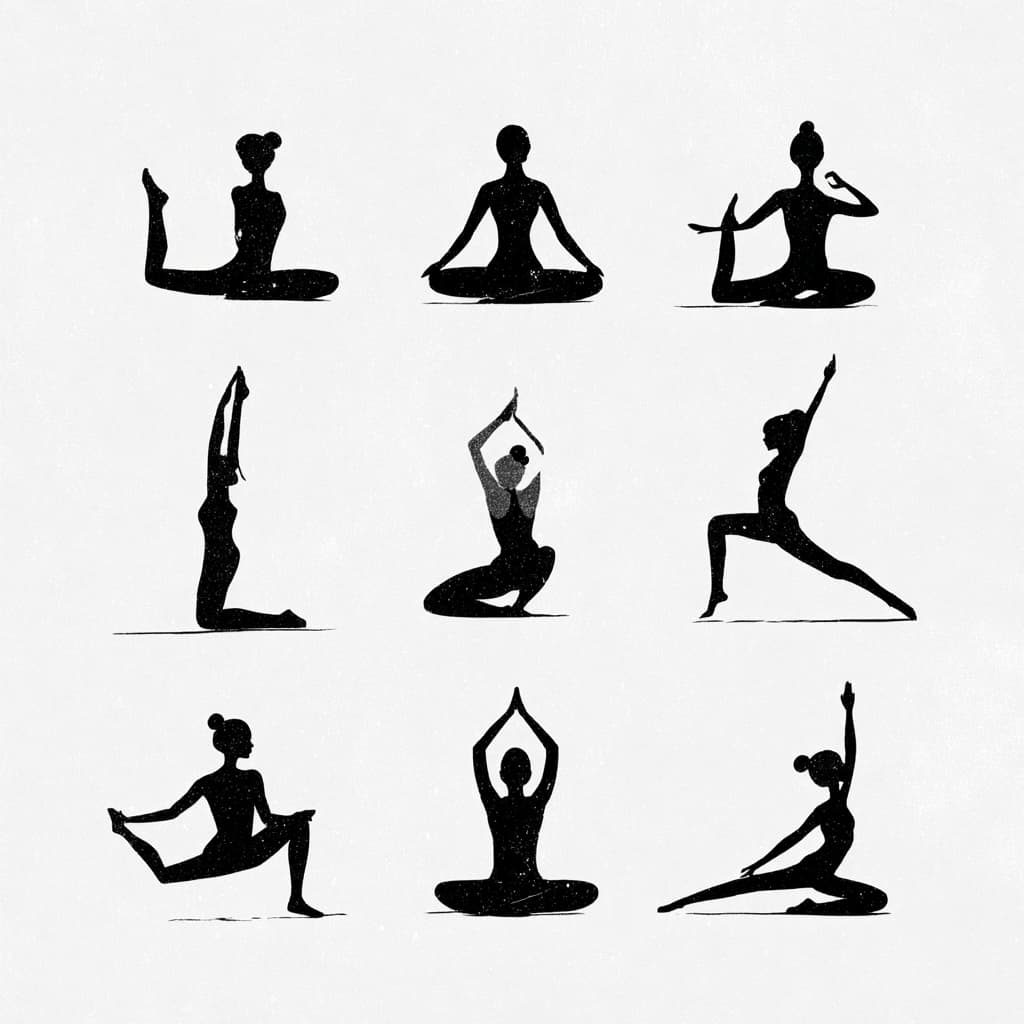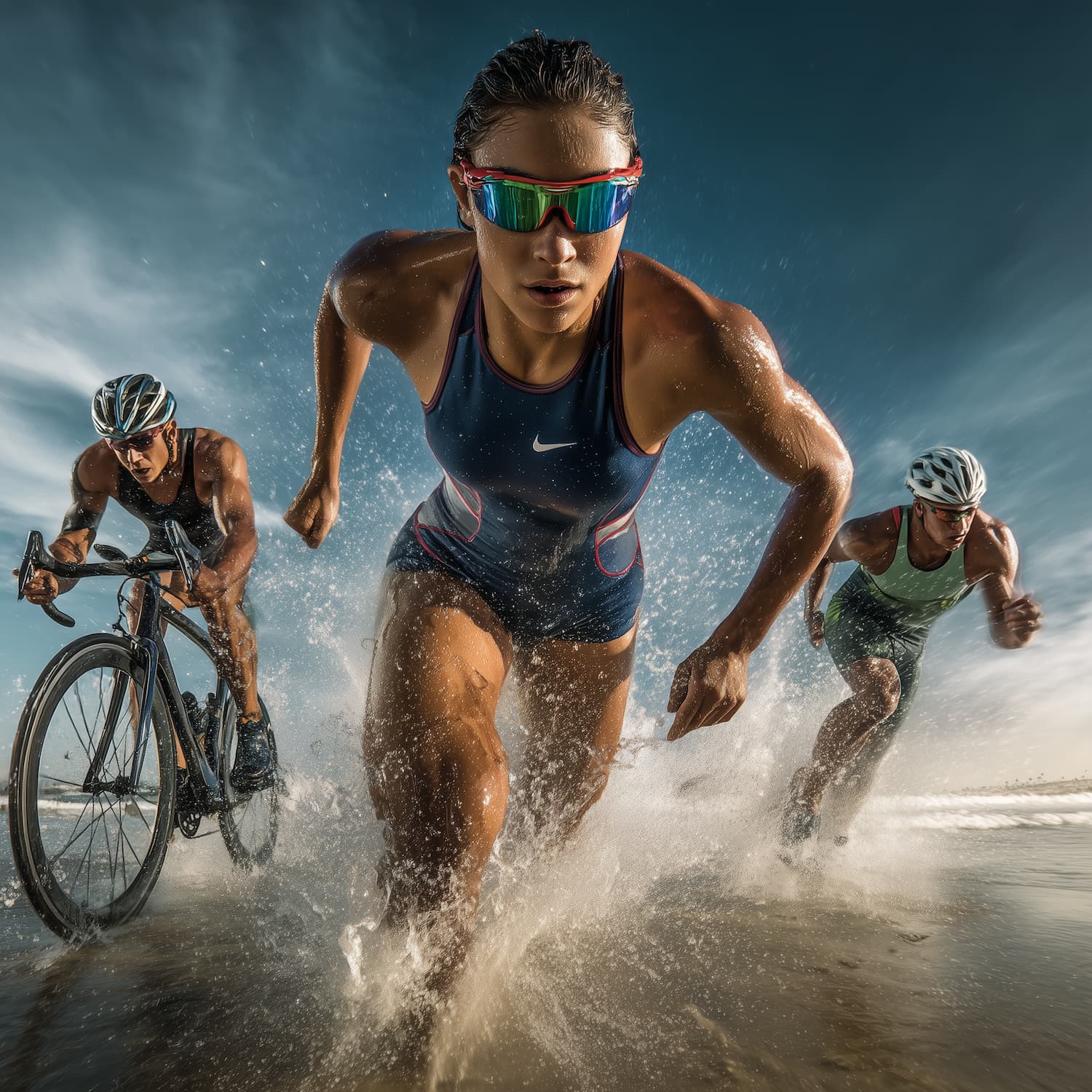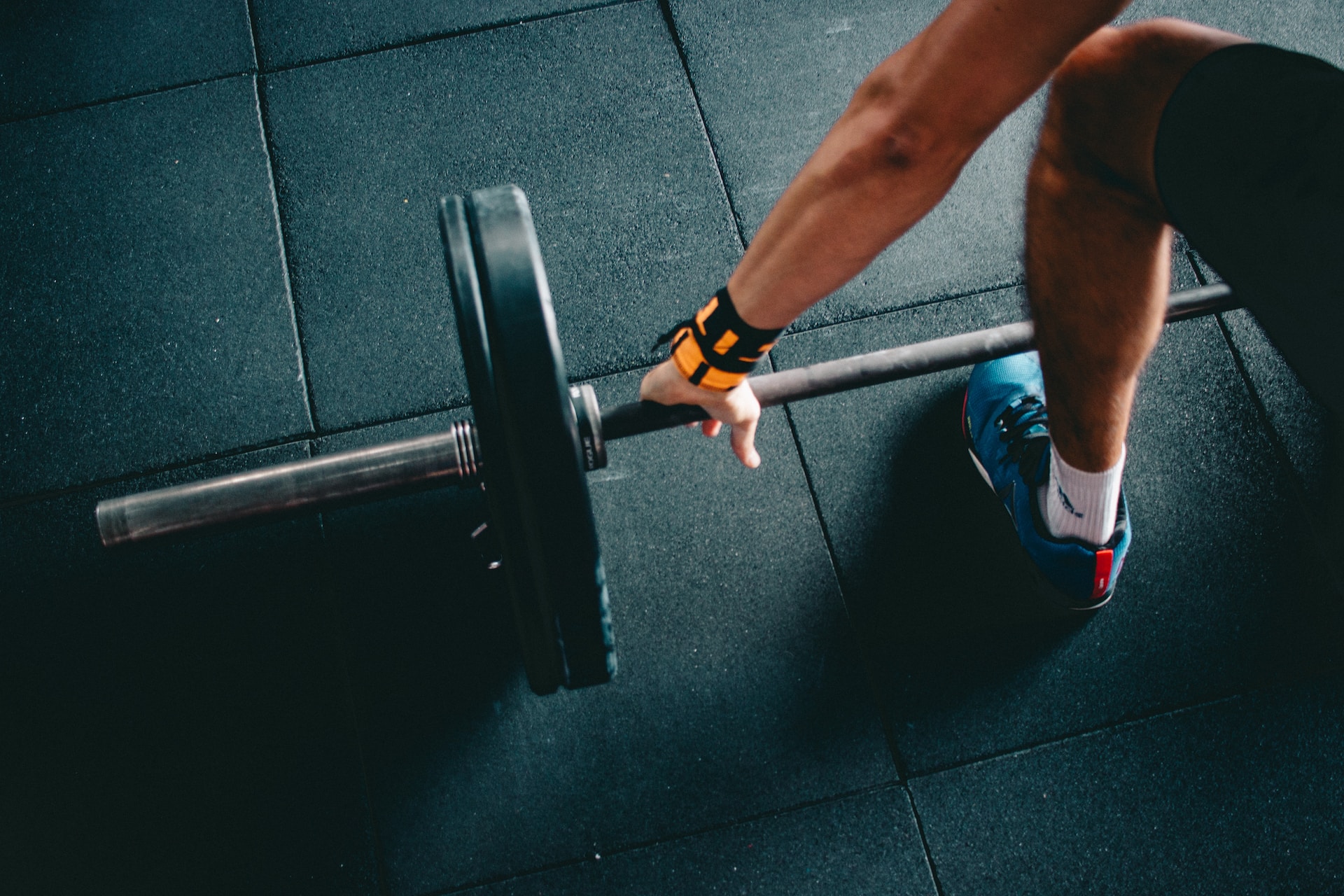Winter sports like skiing, snowboarding, ice hockey, and figure skating place extraordinary demands on the body. Athletes must combine strength, endurance, and technical precision with the ability to move joints through wide and controlled ranges of motion. A lack of mobility not only restricts performance but also heightens the risk of injuries in areas such as the knees, hips, ankles, and shoulders.
Traditional warm-ups and strength programs are essential, yet many winter athletes are now turning to yoga and Pilates as powerful tools for joint mobilization. These practices integrate flexibility, stability, and breath control in a way that enhances performance both on snow and ice.
Why yoga and Pilates benefit joint mobility
Unlike static stretching alone, yoga and Pilates involve active engagement of muscles while joints move through controlled arcs. This active mobility builds stability around the joint capsule, ensuring movements are both flexible and strong.
Key benefits include:
- Improved balance and proprioception on unstable surfaces.
- Greater range of motion for technical maneuvers such as deep ski turns or skating spins.
- Enhanced recovery due to better circulation and mindful breathing.
- Reduced overuse injuries by balancing muscle groups often neglected in traditional training.
Yoga for joint mobilization in winter athletes
Yoga has long been associated with improved flexibility, but its dynamic sequences also train mobility and control. For winter athletes, several poses and flows specifically address joints stressed by snow and ice sports.
1. Downward Dog with Heel Pedals
This classic yoga pose stretches calves and mobilizes the ankles. Pedaling one heel down at a time simulates the ankle adjustments used when carving turns or maintaining edge control.
2. Low Lunge with Side Bend
By sinking into a lunge while extending the arm overhead, athletes mobilize the hips and lengthen the side body. Skiers and snowboarders benefit from this expanded hip mobility when initiating deep turns.
3. Chair Pose with Arm Variations
This pose strengthens quadriceps while promoting hip, knee, and ankle alignment. Adding arm movements increases shoulder mobility, preparing hockey players and skaters for overhead actions and balance control.
4. Eagle Pose
Crossing arms and legs while balancing challenges the hips, knees, and shoulders simultaneously. Eagle pose enhances joint stability under rotational stress, similar to movements required in figure skating spins.
5. Seated Spinal Twist
Thoracic spine mobility is often overlooked but vital for athletes who rotate the torso during skiing or shooting in hockey. Seated twists restore rotational capacity and ease stiffness.
Pilates for joint mobilization in winter athletes
Pilates emphasizes controlled, precise movement patterns with an emphasis on core stability. For winter sports, Pilates contributes by linking joint mobility to trunk control, ensuring that freedom of motion does not sacrifice stability.
1. Leg Circles
Performed while lying on the back, leg circles mobilize the hip joint while engaging the core. Controlled arcs mimic the multidirectional demands of skating and skiing.
2. Shoulder Bridge with Marching
This exercise strengthens the posterior chain while mobilizing hips through alternating lifts. It teaches athletes to stabilize the pelvis while mobilizing the hip joint, essential for safe landings after jumps.
3. Spine Stretch Forward
This move promotes spinal flexibility and hamstring mobility. Winter athletes often experience tight hamstrings from strength training, and this exercise restores length without compromising stability.
4. Swimming Exercise
Performed face down, alternating arm and leg lifts mobilize shoulders and hips in opposition. This improves coordination and prepares the body for cross-patterned movements common in snowboarding.
5. Side-Lying Leg Lifts
Targeting hip abductors and adductors, this exercise develops lateral hip mobility and control, which are critical for edge transitions on skis or skates.
Integrating breathwork for mobility and control
Both yoga and Pilates emphasize breath control, which is directly tied to joint mobility. Deep, mindful breathing relaxes muscle tension, allowing joints to move more freely. For athletes, synchronizing breath with motion enhances rhythm, reduces stiffness, and improves mental focus during high-pressure moments.
Combining yoga and Pilates for maximum benefit
Winter athletes gain the most when they integrate both disciplines. A typical weekly routine could look like this:
- Two yoga sessions focused on dynamic flows such as sun salutations, lunges, and twists to mobilize major joints.
- Two Pilates sessions emphasizing hip and shoulder control, spinal articulation, and core strength.
- Short daily practices (10–15 minutes) of targeted mobility drills before or after training.
This balanced approach ensures athletes build not only flexibility but also the stability required to handle the unpredictable forces of winter sports.
Practical application for specific winter sports
- Skiing: Emphasize hip-opening poses, spinal twists, and Pilates hip mobility drills for smoother transitions in turns.
- Snowboarding: Focus on rotational mobility in the spine and shoulders, combined with balance poses like Eagle.
- Ice hockey: Prioritize thoracic mobility, hip control, and shoulder stabilization exercises to improve shots and checks.
- Figure skating: Use yoga flows for flexibility and Pilates for precision control in jumps, spins, and landings.
Common mistakes to avoid
- Treating yoga and Pilates as only stretching. Both require muscle engagement; passive stretching alone will not improve functional mobility.
- Skipping consistency. Sporadic sessions do little; long-term benefits require regular practice.
- Ignoring alignment. Poor form may stress joints instead of protecting them. Guidance from trained instructors is recommended, especially for beginners.
- Overloading the program. Yoga and Pilates should complement, not replace, sport-specific training. Balance is key.
Conclusion
Joint mobility is a cornerstone of performance and safety in winter sports. Yoga and Pilates provide structured, effective methods to enhance mobility while also building strength, balance, and mental focus. Through mindful practice of poses such as Downward Dog, Eagle, Leg Circles, and Swimming, athletes can prepare their joints for the demands of snow and ice.
For skiers, snowboarders, hockey players, and figure skaters alike, these disciplines offer more than flexibility. They deliver functional control that translates into smoother movements, fewer injuries, and greater confidence in competition. By integrating yoga and Pilates into off-season and in-season routines, winter athletes not only extend their careers but also unlock new levels of performance.


